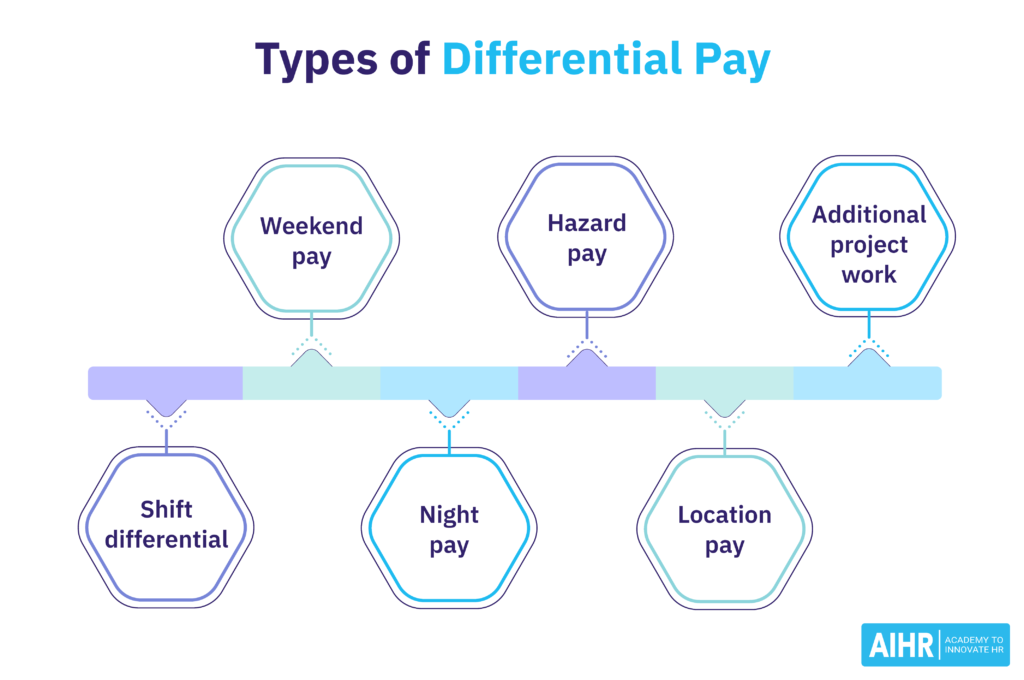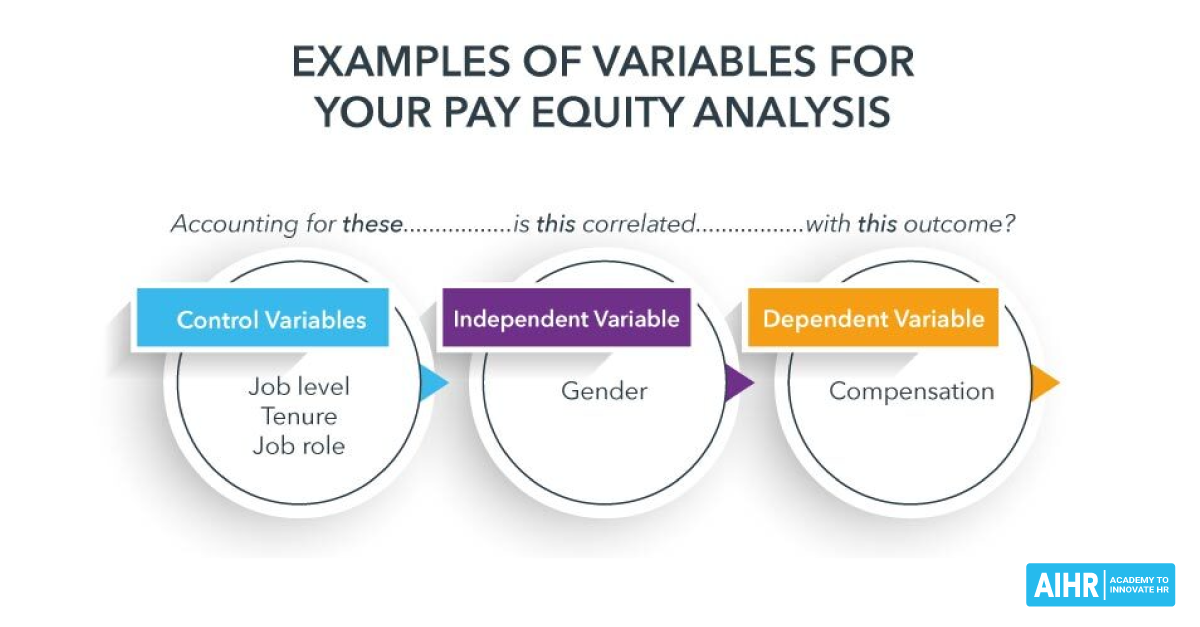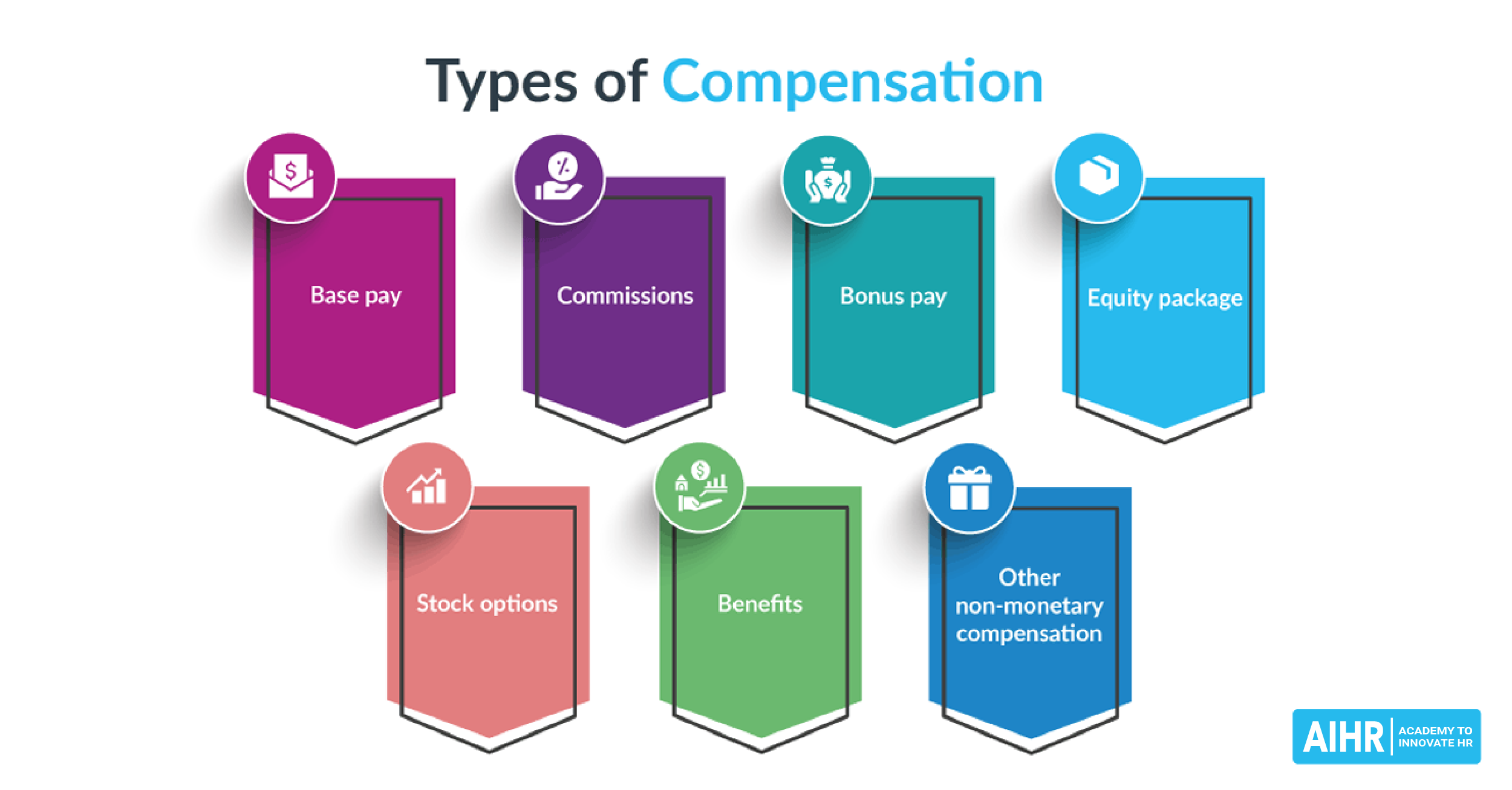Differential Pay
What is differential pay?
Differential pay is compensation paid to employees for working outside their normal hours or taking on additional work. This type of premium pay is a useful tool for employers to compensate employees in unusual circumstances or unfavorable working conditions.
The term “differential” indicates that the pay is at a higher rate than normal. Differential pay is either a fixed flat premium per hour or shift or a percentage of base pay.
For example, differential pay could motivate employees to work during the holiday season to restock the shelves overnight while providing fair compensation.
A differential pay rate has to be significant enough to encourage employees to take on shifts or additional work. For example, a 3% increase will likely be too low to motivate an employee to take on undesirable tasks or shifts.
Types of differential pay
There are several types of differential pay that organizations use to compensate their employees. These include:
- Shift differential pay: This is the most common type of differential pay. Employees working later than usual, in uncommon shift patterns, or during holidays may be eligible for differential pay. For example, an employee usually works from 8 am to 5 pm but is asked to work from 3 pm to 11 pm. Although not mandated by federal law, many employers use shift differential pay to encourage employees to take on typically undesirable shifts.
- Weekend differential pay: Employees may be eligible for differential pay if they are asked or volunteer to work on a weekend when it is not part of their usual work schedule.
- Night differential pay: This type of pay applies when employees volunteer or are asked to work a night shift that does not usually fall within their work schedule.
- Hazard pay: Compensation for when an employee works in hazardous circumstances (working in tough conditions or with chemical substances) or when they perform dangerous work.
- Location pay: For instances where an employee needs to work in locations that differ from their usual location.
- Additional project work: Paid to employees who take on additional work that other employees don’t want to complete.
- Geographic pay differentials: Many organizations offer different pay rates for similar jobs in geographic locations such as cities, states, and countries. This is based on the cost of living, market rates, as well as local laws and regulations. For example, entry-level pay at the grocery chain Lidl in the United Kingdom starts at 10.90 GBP/hour outside of London. This is approximately $13.15. In the US, Lidl’s starting salary is $15/hour.

How to calculate differential pay
Let’s have a look at an example of a retail employee. Their employer offers a flat premium amount of $0.95/hour for the second shift (from 3 pm to 11 pm) on weekdays. The base rate for this position is $14. The calculation would go as follows:
Base rate = $14/hour
Differential pay rate = $0.95/hour
Hourly differential rate = $14 + $0.95 = $14.95
Gross earnings per 8-hour shift, including differential pay: $14.95 x 8 = $119.60
Another example would be a contact center employee. The first weekend shift is from 7 am to 3 pm and pays $12.50 per hour. The second weekend shift is from 3 pm to 11 pm.
Most employees prefer to work the first shift so they can get home earlier. The company decides to implement a pay differential for the second weekend shift at a 17.5% increase from the usual rate.
To calculate differential pay:
Base rate = $12.50
Differential pay rate = $12.50 x 0.175 = $2.19
Hourly differential rate = $12.50 + $2.19 = $14.69
Gross earnings per 8-hour shift, including differential pay: $14.69 x 8 = $117.52
Which jobs and industries use differential pay?
Some sectors and jobs that typically implement differential pay are ones with many hourly employees:
- Manufacturing (such as manual laborers)
- Customer service (contact centers, customer support)
- Retail work (retail assistants and managers)
- Construction (builders)
- Domestic work (cleaners, housekeeping)
- Hospitality (waitstaff, cleaners)
63% of organizations offer shift differentials for the weekday third shift, which is typically from 11 pm to 7 am, and 60% of businesses also provide premium pay for the weekday second shift, which usually runs from 3 pm to 11 pm.
What is the average shift differential pay?
According to a survey from ERC, 70% of organizations that provide pay differentials use flat premium amounts per hour for the second and third weekday shifts. This a popular way of compensating employees for weekend second and third shifts (65% and 68% of employers, respectively, do this).
A percentage of an hourly base rate is the most common way to compensate employees for holiday shifts, as well as double shift weekends.
Shift differentials usually vary from 5% to 20% of an employee’s hourly rate. A typical shift differential rate would fall between 10% and 15%. Pay for holiday shifts can be up to 200% of the regular base rate.
Keep in mind
Your payroll process can get complicated with different types of pay, such as differential and overtime pay. You can use a payroll or HR solution that will help you avoid payroll errors.







